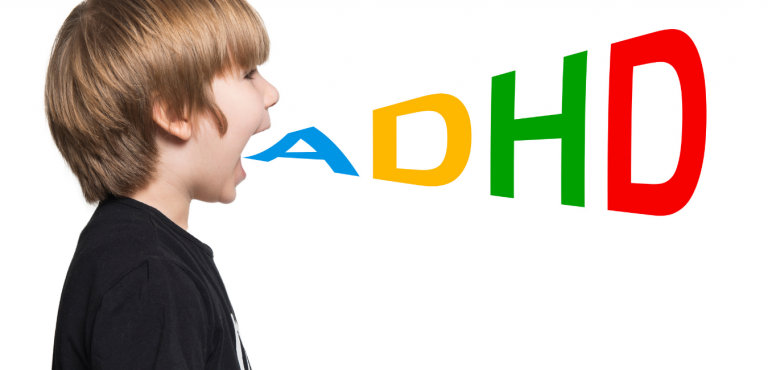ADHD (attention deficit hyperactivity disorder), also known as ADD, is one of childhood’s most common neurodevelopmental disorders. It is usually first diagnosed in childhood and often lasts into adulthood. Children with ADHD may have trouble paying attention, controlling impulsive behaviours (may act without thinking about what the result will be), or be overly active.
There are many positives of this behaviour disorder and can be managed with the right techniques in place to help your child and yourself as an adult, so if you or your child has suspected ADHD or recently been diagnosed then don’t worry, people recognise it a lot more now than they did and they are a lot more understandable than they may have been 30 plus years ago (believe me I know, having a younger sibling who has the condition as well as various cousins including myself it has been one amazing rollercoaster!) ADHD tends to run in families and, in most cases, it’s thought the genes you inherit from your parents are a significant factor in developing the condition. Research shows that parents and siblings of a child with ADHD are more likely to have ADHD themselves.
Did you know that many entrepreneurs, professional athletes, actors, pop stars, and geniuses out there have ADHD/ADD, such as Michael Phelps, Justin Timberlake, Will.i.am, Adam Levine, Paris Hilton and James Carville?
I tell my son that having this condition is actually our very own SUPERPOWER. Because we can hyper focus on things, we can truly do remarkable things. It does of course come with its own challenges though so daily tasks for someone with ADHD can prove to be very difficult such as time management, not great with deadlines either at times because we find it hard to focus, especially if the subject or task we need to do is extremely boring to us, we are also very forgetful, can be messy and do need routine. We also really need our sleep otherwise it will be near enough impossible to focus on anything the next day and above all we need to EXERCISE to help calm our busy brains to enable us to focus.
Working out is the most positive and efficient way to reduce hyperactivity and inattention of ADHD. Exercise can relieve stress, boost your mood, and calm your mind, it helps work off the excess energy and aggression that can get in the way of relationships and feeling stable.
The main signs of inattentiveness are:
- having a short attention span and being easily distracted
- making careless mistakes – for example, in schoolwork
- appearing forgetful or losing things
- being unable to stick to tasks that are tedious or time-consuming
- appearing to be unable to listen to or carry out instructions
- constantly changing activity or task
- having difficulty organising tasks
The main signs of hyperactivity and impulsiveness are:
- being unable to sit still, especially in calm or quiet surroundings.
- constantly fidgeting.
- being unable to concentrate on tasks.
- excessive physical movement.
- excessive talking.
- being unable to wait their turn.
- acting without thinking.
- interrupting conversations
- little or no sense of danger
This link may prove useful for some of you starting on this amazing journey NHS Guide to ADHD
In a nutshell, if you have ADHD/ADD, a workout does more than make you feel good. It can help control your symptoms too. A single session of just moving your body can make you more motivated for mental tasks, increase your brainpower, give you energy, and help you feel less confused.
As I always say amongst my Coyote kids at fit club, friends and family, exercise is the best medicine anyone can ever have, so if this dramatically helps children and adults with this condition, think how much it can help you too without any additional behavioural conditions thrown in the mix? It will do wonders for your children and yourselves so stay active, lead the way and embrace the world of fitness for all.


